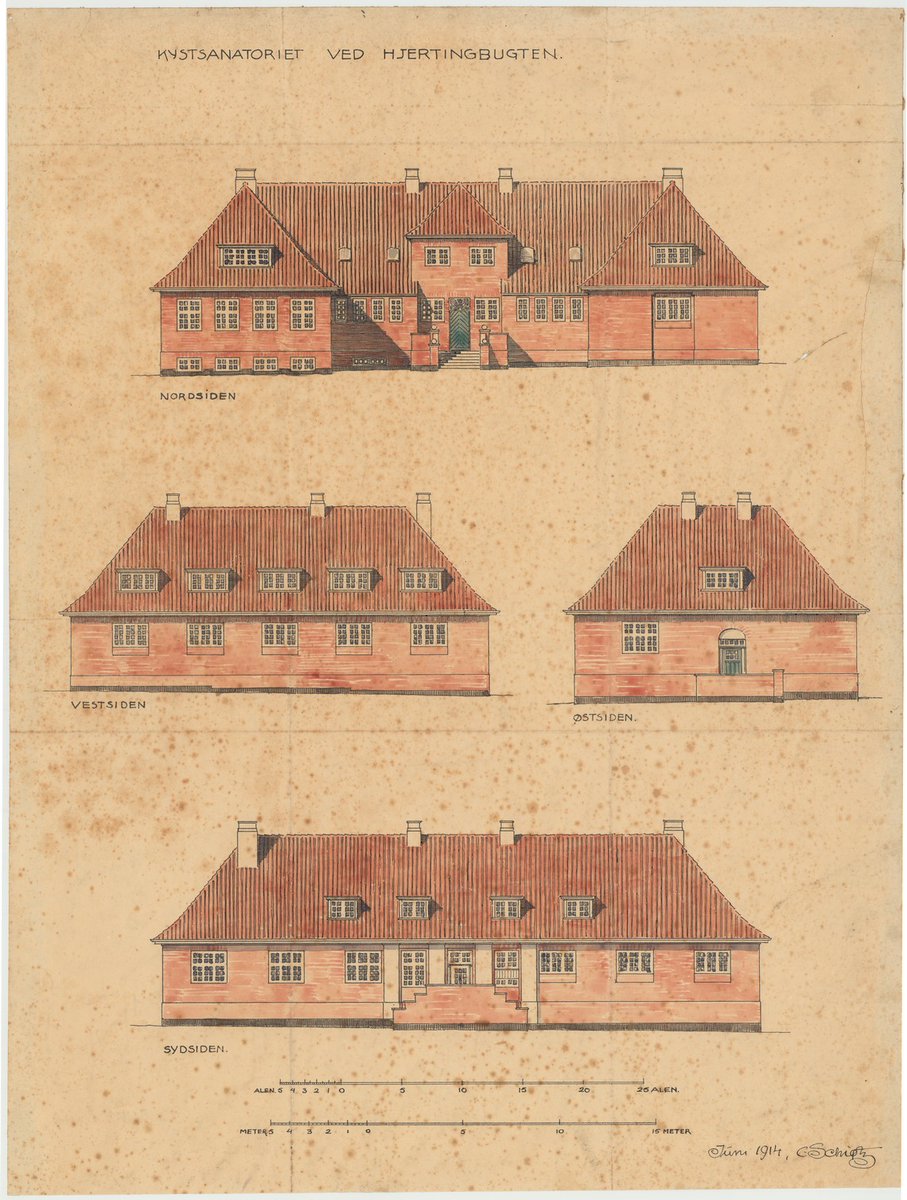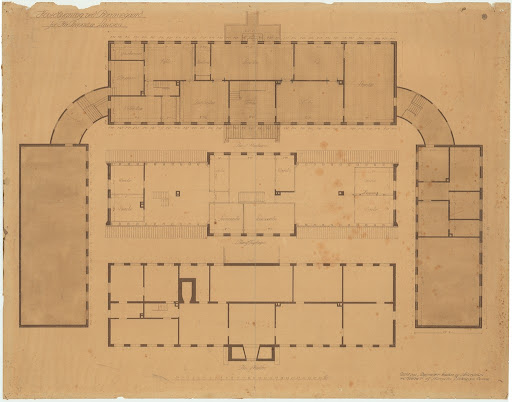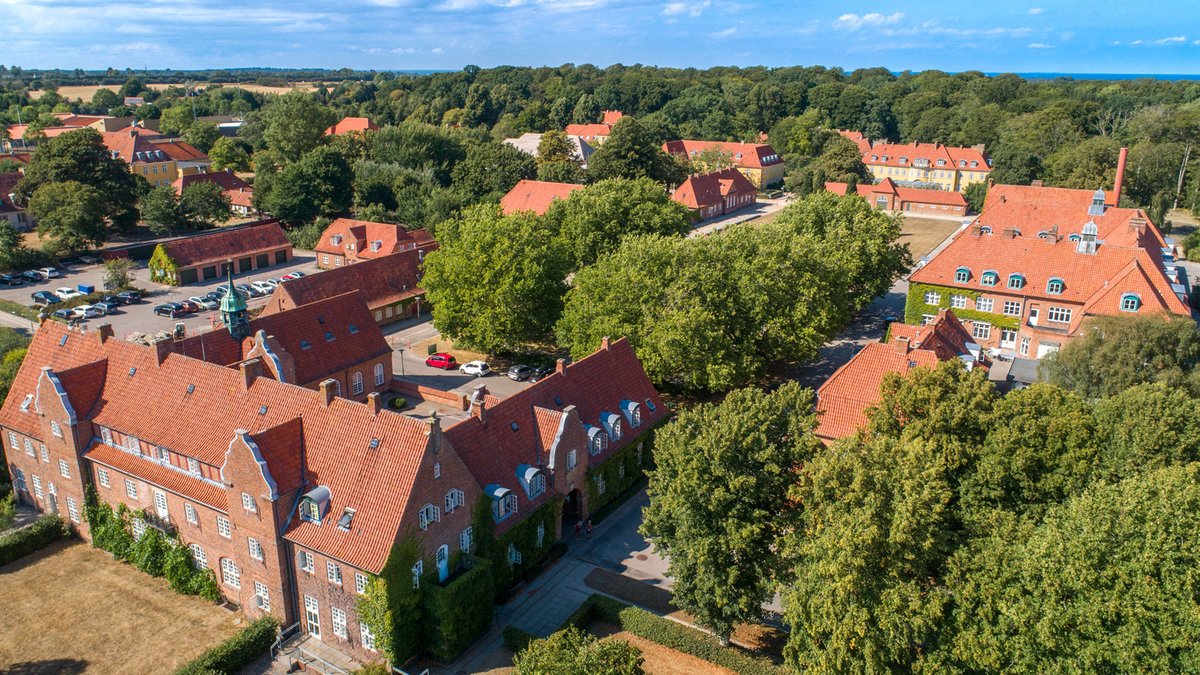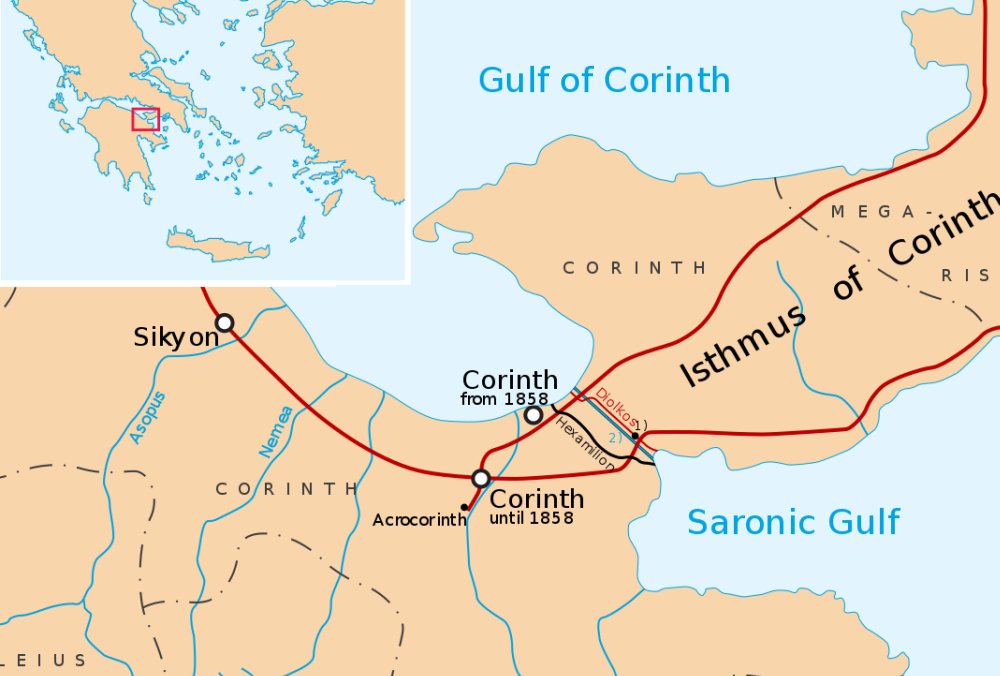
Always wanted a straw roof but couldn't afford it? Use the Northern Scandinavian (Sweden, Finland) technique: by far the cheapest and easiest method of thatching a roof. Ten men (beginners and one instructor) can gather and build a roof in a two room cottage in three days. 



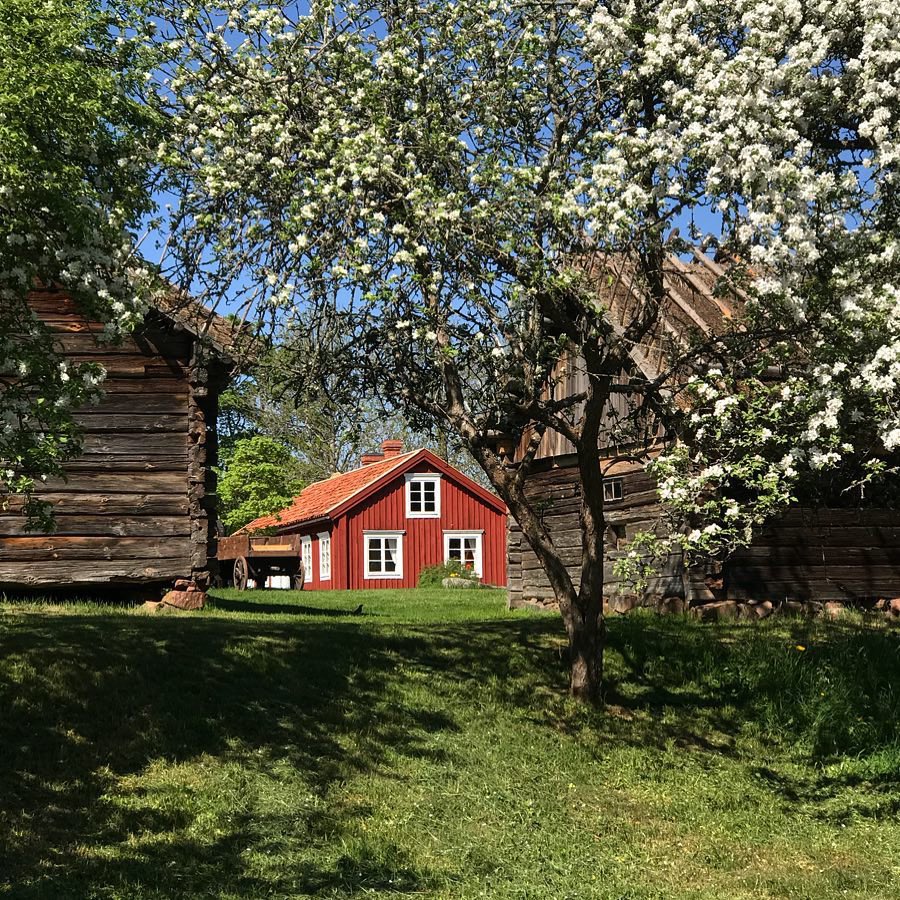



Traditionally straw roofs around the northern Baltic were unbound: bunches of rye straw or reeds (both available for free, but rye must be grown first of course, and reed must be cut and gathered) 70cm thick on low pitched roofs kept down by spruce poles and sometimes stones. 

Unbound roofs can't be too pitched, so you save on materials and it is easier to work with, but also doesn't last as long. However, even complete beginners can work on this so if you have friends or cousins or teenagers willing to help out, all the better. 



Often the soft rye straw was used on ridge and on the bottom half (it is bendy and course) and reed was used on the top half. Over time the roof gets compacted, so just add more material. A good roof weighs about 35-40kg/m² so you'll need a sturdy wall construction to carry it. 



• • •
Missing some Tweet in this thread? You can try to
force a refresh













